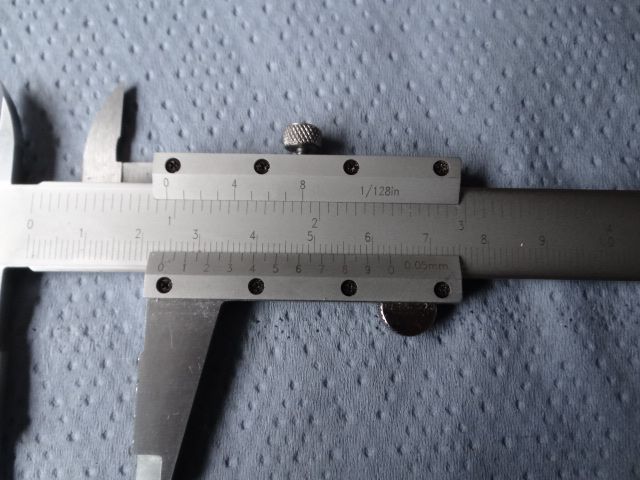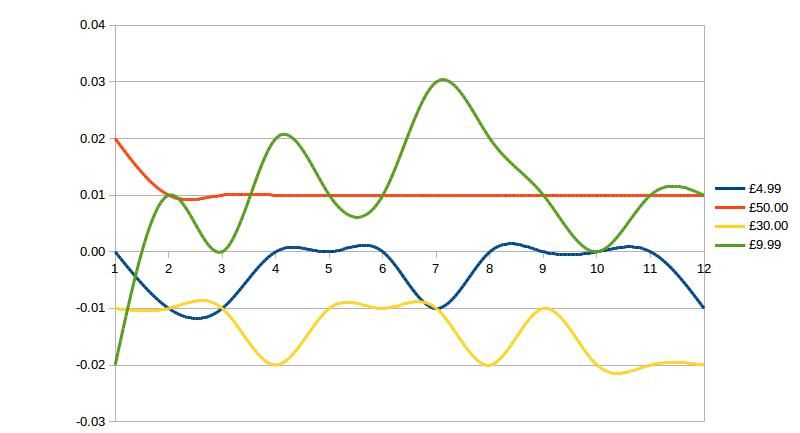Interesting though this discussion is, there are aspects being missed, I think….
First there is no such thing as real accuracy. You can go on getting finer and finer measurements until you are counting atoms, and then it goes all quantum. When we get to .01mm measurements what we are really seeking is matching components, which is about fit and tolerance. Any of these devices will do this as long as we use the same device in the same way on each.
Second thought: I was always taught that the only purpose of the last digit is to interpret the previous one, so we can understand how it is rounded, and by how much. A digital calliper reading 1.00mm could be rounding up .99 which is probably good, but might be rounding up 0.901, since some electronics only measure the passing of a certain point. We instinctively round up on .5, but electronics need more instruction than that. Good kit will measure to two decimal places more than it will tell you, in order to compute the best answer it can – that might be what the more expensive tools are doing (but probably more scientific tools). When we use analogue equipment, our eyes are doing this for us whether on a micrometer or a 6" ruler.
Third thought: what we pay more for is probably quality control. Expensive kit should be more reliably accurate to the appropriate level: replicable and repeatable ( although still within a range of accuracies). They should also be more reliable mechanically. On the other hand, some of the pound shop devices will be accurate enough for NASA, but not many. When you pay more, you are probably paying for the ones they through away because they don't meet the standard.
Finally..is a 'however'….. it is common to see things that look identical at a wide range of prices. They may not be the same, having higher spec or tolerances that aren't obvious, but the nagging feeling is that they are the same. Try looking for Wigglers and you will see anything from under a fiver to over £40, in many cases using exactly the same photograph. How do we know that the £30 calliper isn't just a £5 calliper with good PR?
Edited By Matthew Reed on 27/09/2016 20:56:41
Edited By Matthew Reed on 27/09/2016 20:57:36
3dtech tech.







